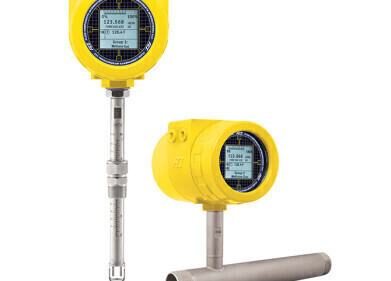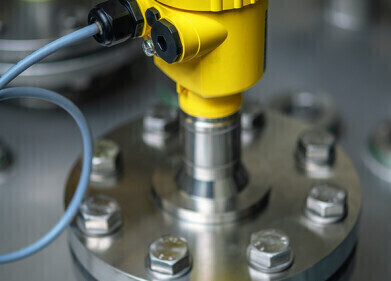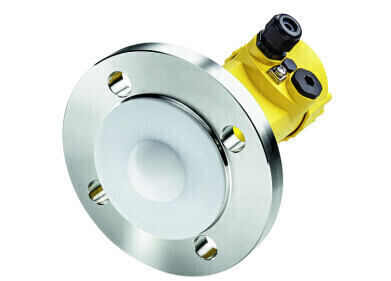Flow Level Pressure
What is the Permian 'Sweet Spot'?
Jun 23 2017
With recent rig expansions, lucrative land deals and low breakeven costs, the Permian Basin has received an influx of attention from the oil industry. Now, recently revised estimates suggest that the Permian could be a much sweeter find than originally thought.
Over the past decade, an onset of horizontal drilling breakthroughs has fuelled the rapid growth of the US shale industry. In turn, this spurred the US Geological Survey to reassess how much technically recoverable continuous (aka unconventional) oil and gas lies beneath the nation’s most promising sites. Unsurprisingly, the Permian Basin was a top priority.
New tech arms developers with a “fresh set of eyes”
According to the latest USGS assessment, the Spraberry Formation of the Permian’s Midland Basin could house a goldmine of recoverable resources. Specifically, 4.2 billion barrels of oil and 3.1 trillion cubic feet of gas. This is a huge leap from 2007’s assessment, which listed just 510 million barrels of recoverable oil.
“Since 2007, multiple intervals within the Spraberry have been targeted with horizontal drilling,” notes the USGS.
Research geologist Stephanie Gaswirth agrees, commenting that “Technology was a reason to go in and look at an area with a fresh set of eyes.”
A geological goldmine
So, what makes the Permian Basin so sweet? While technological advances have played a role, ultimately it’s all down to geology. The basin is made up of multiple stacked plays, which means that a single well can produce oil and natural gas from several layers of rock in different geological zones. This massively increases the basin’s recoverable oil and gas, as well as pushes down breakeven costs.
Meanwhile, market analysts are predicting that the US will continue to churn out shale in 2017. Under the EIA’s latest Drilling Productivity Report, total oil production from the USA’s seven most productive shale regions will soar by 122,000 bpd in June over May, to hit a final figure of 5.401 million bpd. Predictably, the industry will be largely powered by Texas and New Mexico, with more than half sourced from the Permian Basin.
As horizontal drilling advances, flow measurement technology follows suit. For a closer look at why wedge meters should be the first choice for measurement of viscous flows, ‘Making the case for wedge flow measurement’ offers expert insight from Steve Gorvett, Product Manager – DP Flow and Temperature for ABB Measurement & Analytics in the UK.
Digital Edition
PIN 25.1 Feb/March
March 2024
In This Edition Safety - The technology behind the ION Science Tiger XT - Safety with ammonia and LOHCs as hydrogen carriers Analytical Instrumentation - Discussion on new tribology te...
View all digital editions
Events
Apr 24 2024 Mumbai, India
Apr 24 2024 Jakarta, Indonesia
Apr 28 2024 Montreal, Quebec, Canada
Apr 30 2024 Birmingham, UK
May 03 2024 Seoul, South Korea


















